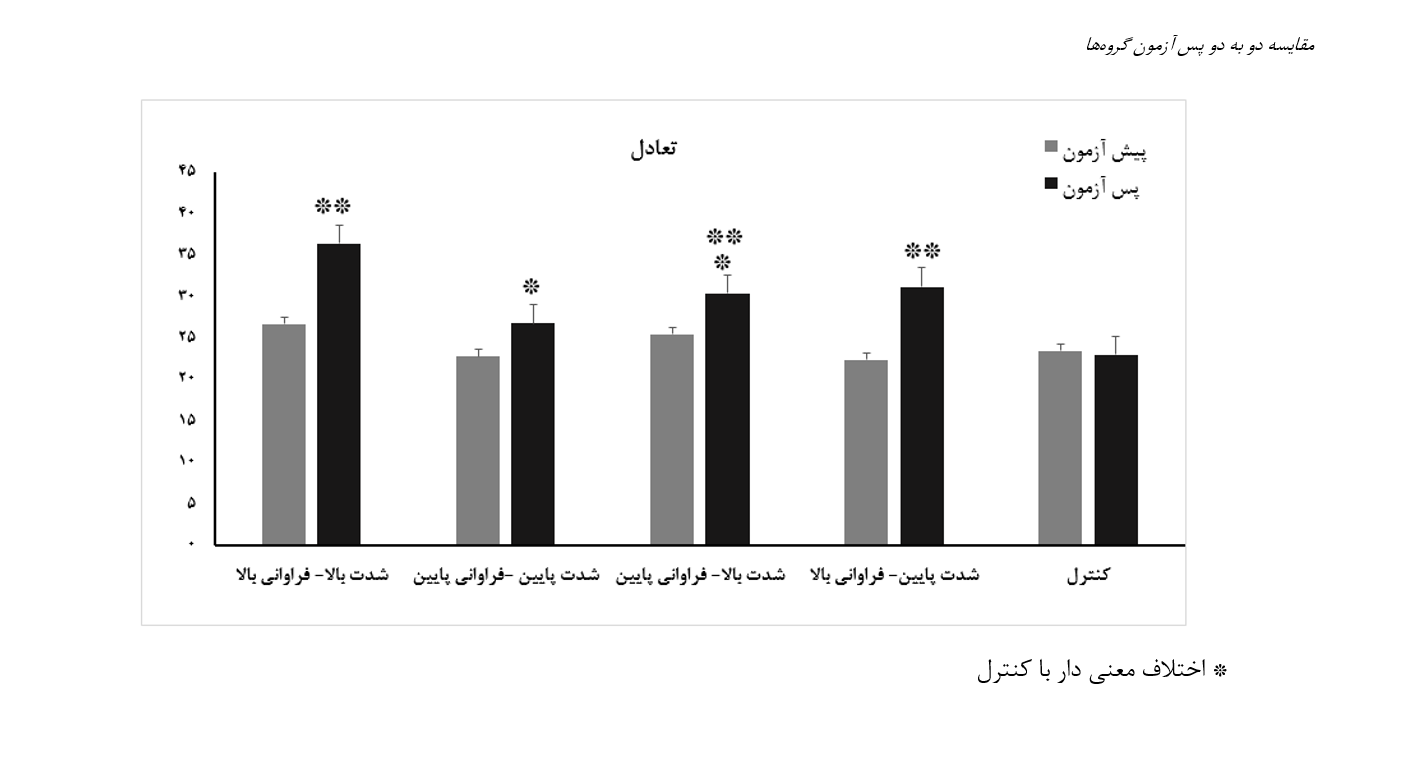Comparison of the Effects of Fall-Proof Exercises with Different Intensities and Frequencies (High and Low) on Balance in the Elderly
Keywords:
Fall-Proof exercises, balance, elderlyAbstract
The aim of this study was to compare the effects of Fall-Proof exercises with different intensities and frequencies on the balance of older adults. In this study, elderly participants aged 66 to 77 years were divided into five experimental groups of ten individuals each, with varying intensities and frequencies (high and low), and one control group. Participants engaged in a research design consisting of a pre-test, eight weeks of Fall-Proof exercises, and a post-test. The experimental groups participated in Fall-Proof exercises for eight weeks (three sessions per week, each lasting 45 minutes) with either high or low frequency, starting immediately after the pre-test. The control group continued with their daily activities following the pre-test. The Fall-Proof Activity and Health Questionnaire was used to collect information on general health status, lifestyle, and physical activity patterns of the elderly participants. The Fullerton Advanced Balance Scale was used to identify balance problems. The Shapiro-Wilk test was employed to assess the normality of the data, and analysis of covariance (ANCOVA) and Bonferroni post hoc tests were used for data analysis, with a significance level of 0.05. The research findings indicated that Fall-Proof exercises with both high and low intensities and frequencies improved the balance of older adults. Additionally, it was observed that there was a significant difference only between the balance improvements in elderly participants undergoing high-intensity and frequency Fall-Proof exercises compared to those in the low-intensity and frequency group. It can be inferred that this exercise program with varying intensities and frequencies is an effective method for improving balance, which consequently reduces the risk of falls in the elderly population. Furthermore, implementing this exercise program as a preventive and therapeutic measure may likely reduce physical, financial, psychological, and emotional pressures on the families of older adults to some extent, thereby affecting their quality of life.



















